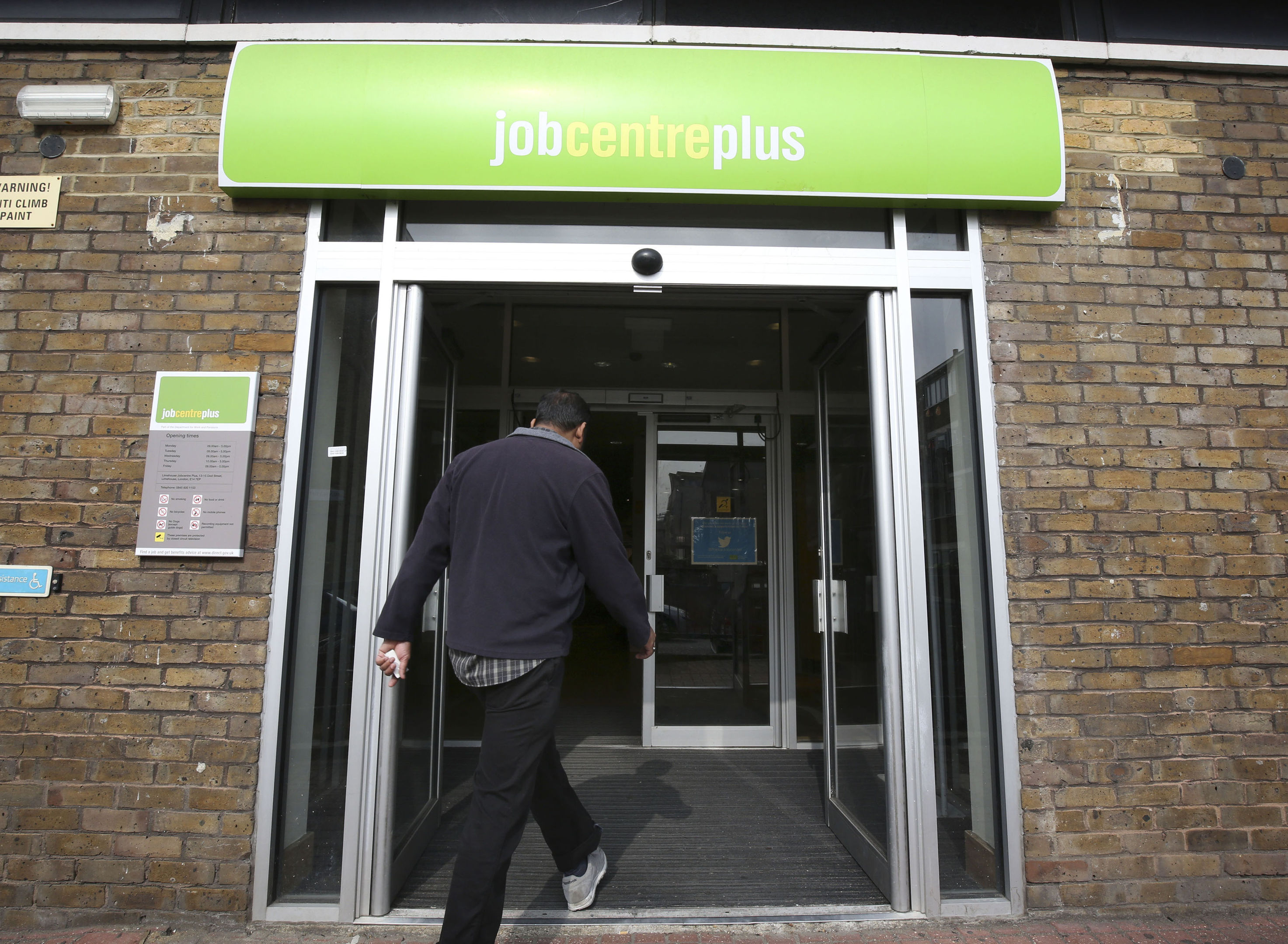
SCOTTISH Secretary David Mundell has voiced “concern” after unemployment rose in Scotland but fell south of the border.
Official statistics showed Scotland’s jobless total increased by 6,000 over the last three months of 2016 to stand at 135,000.
In contrast, unemployment across the UK fell by 7,000 over the period October to December 2016, dropping to 1.6 million.
The figures for Scotland did show an increase in the number of people in work, rising by 8,000 over the quarter to 2,611,000.
This total, however, was 20,000 less than the same period in 2015.
Data from the Office for National Statistics also showed the number of Scots who were out of work and claiming jobseeker’s allowance fell to 50,100 in January 2017 – a drop of 2,100 over the month and 10,400 less than the total from 12 months before.
The Scottish unemployment rate now stands at 4.9%, slightly higher than the rate of 4.8% across the UK.
Meanwhile, Scotland’s employment rate is lower than the UK as a whole, with 73.6% of the workforce north of the border having a job, compared to 74.6%.
Mr Mundell said: “There is cause for some cautious optimism about the state of Scotland’s labour market, with employment up and more women returning to the labour market.
“However, declining economic activity during the last 12 months, and the gap between the Scottish and UK labour markets, remains a concern.
“We have devolved a raft of new powers to the Scottish Parliament. It now needs to use those levers to strengthen the Scottish economy.”
Scottish Government ministers, meanwhile, stressed the figures showed 47,000 more people in work than there were at the pre-recession peak.
In addition, the youth unemployment rate in Scotland stands at its lowest-ever total while the country outperforms the UK on female employment.
Jamie Hepburn, minister for employability and training at the Scottish Government, said: “These figures are encouraging and show that Scotland’s labour market remains resilient.
“We are working to build an economy where everyone can share in the benefits of economic growth.
“It is therefore encouraging to note this rise in the number of people in work alongside some positive statistics on female and youth employment, where we continue to lead the UK.”
Mr Hepburn added: “There is no doubt that businesses have faced increased economic uncertainty in the months following the EU referendum result and Scotland is not immune to these risks.
“We have set out our commitment to protecting Scotland’s interests, including maintaining our place in Europe’s single market, which is so essential to our future prosperity.
“We will continue to support the Scottish economy, including by taking forward our £500 million Scottish growth scheme – targeting high-growth, innovative and export-focused SMEs; by expanding our small business bonus scheme, which will lift 100,000 business properties out of business rates; and investing in our infrastructure plan.”

Enjoy the convenience of having The Sunday Post delivered as a digital ePaper straight to your smartphone, tablet or computer.
Subscribe for only £5.49 a month and enjoy all the benefits of the printed paper as a digital replica.
Subscribe